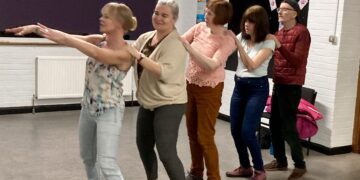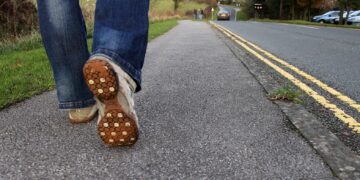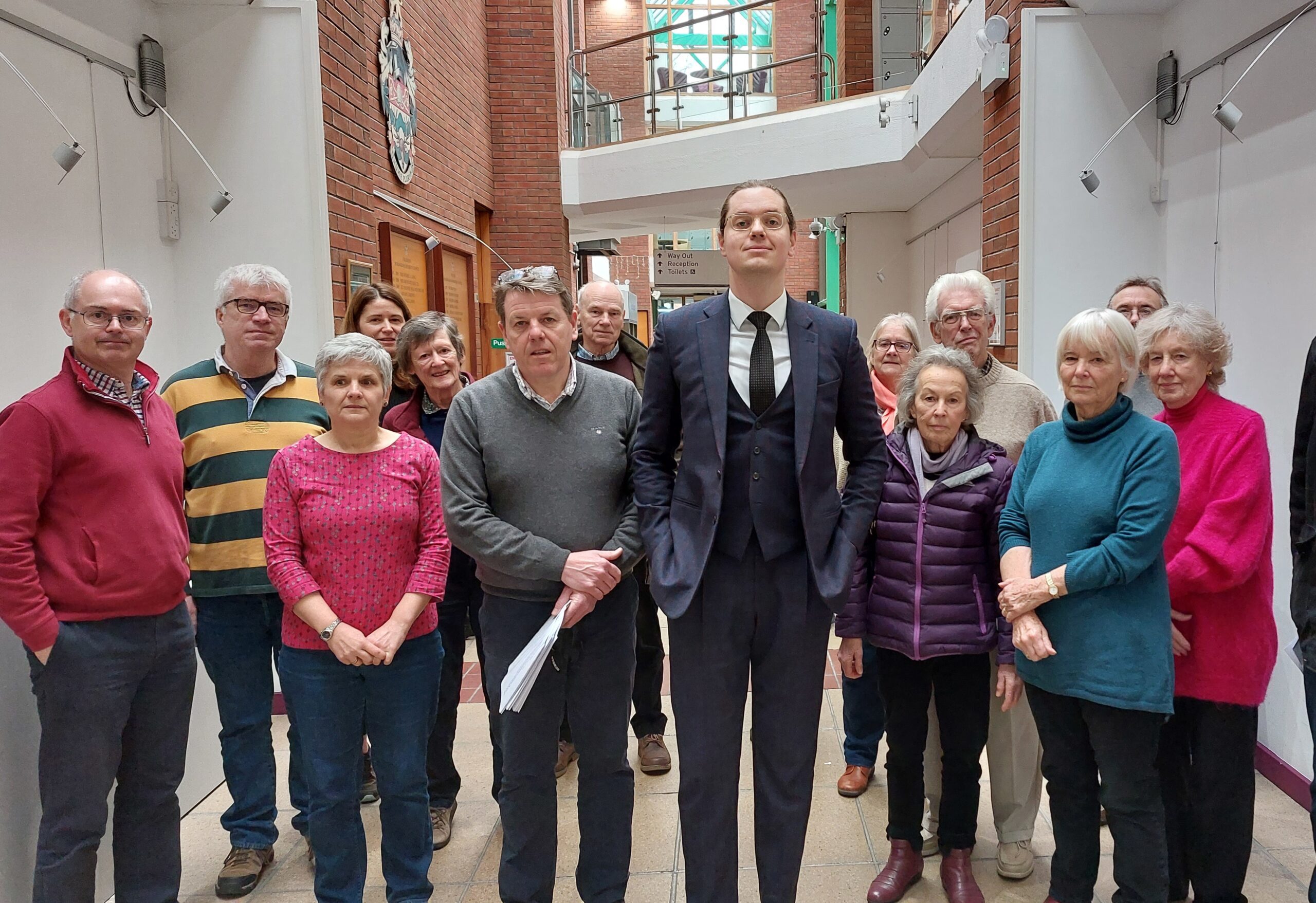Residents fighting 200 new homes on a green field made passionate speeches to try to stop the building scheme.
They fear the plan will endanger their children and destroy wildlife. More than 400 residents objected to the proposed homes at Hurst getting planning permission.
On Tuesday the developers started their battle to overturn Wokingham Borough Council’s refusal of permission. They want to develop the land, now home to horses and donkeys, between Lodge Road and Tape Lane.
Resident Andrew Alsop of nearby School Road said he was driven to oppose the scheme by his personal pain as a schoolboy: his friend’s sister was killed in a road accident when leaving their school one afternoon.
He now lives close to St Nicholas Primary School in School Road, Hurst. He said he wanted to “prevent a similar devastating accident from happening again.”
He had vivid memories of seeing the pain of his friend and his family at a tree-planting ceremony for the teenager who was killed.
It “was so disturbing and upsetting and [it’s] why I’m here today,” he told the planning inquiry at Wokingham Borough Council’s offices.
He opposed the 200 homes because Hurst’s roads could not cope with one single extra car, he said.
School Road was narrow anyway, but parked cars made it single lane.
“The footpath is narrow, children are in the road as they are walked to and from their parked cars … mums are pushing buggies, walking dogs, other children are on bikes or scooters … it does feel like a perfect scenario for a devastating accident waiting to happen,” he said.
Clare Woodward of Sawpit Road showed a video of her walk with her son to St Nicholas School.
“We are very concerned that our road will become a major throughfare and a cut-through for traffic to Wokingham if an additional 200 houses are built,” she said.
Sawpit Road was a popular route to school and had no pavements.
The new homes would create light pollution.
“We have no light pollution [now] and can see the beautiful stars in the sky,” she said.
The sewerage system was inadequate for 200 more properties. In 2014 her garden was filled with sewage coming up from the main sewer. They’d had no showers or flush toilet for a week.
John Osborne of Hurst Village Society was concerned about the creation of a “largescale urban-style development on a greenfield site that would irreversible and damage the rural appearance and character of the village forever.”
Residents were concerned about the effects on schools, GP surgeries and hospitals when public services were overstretched.
Resident Frances Davis said previous planning inspectors had said the scheme’s site was an important green gap between Whistley Green and Hurst.
“We and so many others rely on this green field for our mental wellbeing,” she said.
“The appellants have a blank cheque to do exactly as they like, by using reserved matters to ride roughshod over residents’ views and will ultimately destroy our village and community. . . .
“To lose the valued view of the wooded horizon, the green verges and rural view of the field and the peace and quiet and instead be faced with wall to wall bricks, tiles and roofs will quite simply destroy the character.”
There were already 50-minute waits to get through to the Twyford GPs on the phone.
The bus was not regular enough and not at the right times. Hurst residents had to use cars.
Jessica Lake, a mother of two young children, of Hogmoor Lane, said she moved to Hurst because they wanted a nice safe rural area. But having so many new homes [with cars] would mean her children could not walk to friends’ homes or cycle safely to The Piggott School.
Graham Welch of Tape Lane said three cars were written off in an accident on the A321. Children were at risk.
John Edwards said that in his 52 years in Hurst he had seen significant loss of plants and creatures.
Mr Edwards added: “Hurst’s wildlife has been depleted of many lapwings, finches, swifts, martins, sparrows, yellowhammers, Mistle thrushes, collared doves, bats, water voles, hedgehogs, frogs, roads and newts, rabbits and hares, farmland flowers, many butterflies and moths, and so many insects.”
In last weekend’s RSPB garden bird count he spotted just 10 species, about half the count of 15-20 years ago. There were just nine butterflies in his survey last year. It was an all-time low in 13 years.
“The appeal site sits in the middle of a critical wildlife corridor between … east and west habitats. Consequently, the development of the site will cause demonstrable and irreplaceable harm to Hurst’s wildlife. By the appellant’s ecologists’ own admission, Hurst will be losing nearly 45% of its wildlife habitat on this site.”
Parish councillor Alastair Lyon said the proposal could mean an extra 1800 vehicle journeys a day, plus delivery vehicles and others.

Aisling Humphries, 25 said she commuted from Twyford station, car sharing with three others. It was increasingly difficult to park. The new Elizabeth Line was “not all it was made out to be.” The very slow service had “passengers packed in like sardines”.
King’s Counsel barrister Rupert Warren, speaking for the appellants, MacTaggart and Mickel Homes, did not question the residents.
He said permission should be granted for the plan unless the harmful effects of the scheme would significantly and demonstrably outweigh the benefits. This judgment had to be made because the council had a supply of housing land which would last just 3.95 years. [The requirement is five years].
The site is in flood zone 1. Mr Warren said that under the plan the site would be drained with a proper scheme. He said the landscape value and sensitivity of the site was only moderate. He admitted there would be “moderate” harm from its development.
He said the site was near an excellent train service including the Elizabeth Line. Veteran trees would be protected. Benefits of the scheme would include the new homes, with 40% of them being affordable, and it had more benefits than harms.
Barrister Alex Shattock on behalf of Hurst Parish Council said: “This scheme represents a significant percentage increase to the population of Hurst and Whistley Green: almost 50%, virtually overnight … The appellant seeks to impose a large scheme on an area that the Development Plan tells us is the most inappropriate.”
He said Wokingham had over-delivered on new homes in the past. The parish council would show Hurst and Whistley Green would be fundamentally changed by the plan. The scheme’s harms significantly outweighed its benefits.
Barrister for Wokingham Borough Council Matt Lewin said the proposal would be very significant unplanned development in an unsustainable countryside location. Mr Chris Hannington spoke about the benefits of the current undeveloped site’s landscape and trees.
The hearing continues.















































